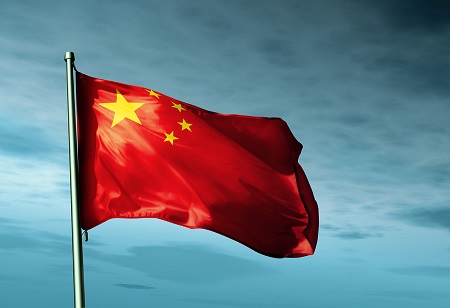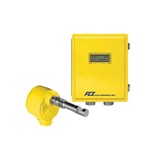Industry analyst IBISWorld provides a snapshot of key industries set to benefit most from the China FTA, including mining and agriculture.
Australian merchandise exports to China are dominated by minerals, at 88.5 per cent of the total. Agricultural products are also significant, coming in at 9.5 per cent, while manufactured goods make up a relatively low 2.0 per cent. This is in contrast to imports from China, of which a staggering 93.9 per cent are manufactured goods. Lower tariffs on these manufactured goods will benefit Australian consumers through lower prices.
At $9.0 billion, two-way services trade between the two nations is dwarfed by $143.2 billion of merchandise trade. Service exports are almost exclusively travel services, which account for 88.9 per cent of the total. Australian service imports also mostly involve travel, but transport services are significant as well.
Minerals
Mineral exports to China currently attract tariffs ranging from 1.5 per cent to 10 per cent. Most of the existing tariffs will be eliminated under the deal. Many will be eliminated immediately, such as the recently implemented 3.0 per cent tariff on coking coal, while the tariff on non-coking coal will be removed within two years. By value, raw minerals currently account for 76.4 per cent of Australia's merchandise exports to China.
The largest tariffs apply to processed minerals and protect Chinese refineries and smelters from competition. There is a commitment to reduce these tariffs in the agreement.
Agriculture
"The winners of an FTA between Australia and China are predominantly agricultural industries. Dairy and meat producers will benefit the most from reduced tariffs, particularly beef producers. Other meat producers, winemakers and grain growers will also benefit," said IBISWorld industry analyst Ryan Kerin.
Australian agricultural exports to China, both raw and processed, totalled $8.9 billion during 2013-14. This was up from $3.8 billion in 2009-10, indicating an annualised growth rate of 24.2 per cent.

Meat and leather products
The meat processing industry is the fourth-largest agriculture exporter to China and the one best poised to benefit from the FTA. Tariffs on beef range from 12 per cent to 25 per cent and tariffs on sheep meat range from 12 per cent to 23 per cent.
"On $1.5 billion of exports, the immediate benefit of reduced tariff costs will be approximately $178 to $371 million," Kerin said.
China currently makes up a relatively small 9.8 per cent of the meat processing industry's exports. Two of the larger export destinations – Japan (21.0 per cent) and Korea (11.1 per cent) – signed FTAs with Australia earlier this year. Australian producers are expected target these three nations aggressively.
"Trade with China is expected to rise the most out of the three nations, as the tariff concessions in the China agreement are much more generous to Australia than those in the other deals," Kerin said.
"For example, the Chinese tariffs on beef will be removed over nine years. In comparison, Korean beef tariffs will fall from 40 per cent to zero over 15 years, while the Japanese tariffs will never be fully eliminated under the current agreement."
Leather products are a lesser known agricultural export to China. These products currently carry tariff rates of 5 per cent to 14 per cent. These tariffs will be removed over a two- to seven-year period.
"The potential saving for Australian exporters could top $100 million," Kerin said.
Dairy products
Dairy farmers are expected to benefit from the FTA as tariffs on dairy products are eliminated over the next 11 years. Currently only 15.4 per cent of Australia's dairy exports are sold to the Chinese market, a lower share than for a number of other agricultural products. Dairy is an area where there is significant potential for growth.
New Zealand benefited hugely from growth in dairy exports after entering an FTA with China, and the Australian dairy industry hopes to have similar success. New Zealand dairy exports to China have grown to over $3 billion dollars, from about $0.5 billion in 2008.
"Growth from the Australian deal with China is expected to be slower, as there is less scope to increase dairy farming capacity in Australia," Kerin said.
"But there will still be considerable opportunities for local dairy producers."
Other agricultural exports
Australia's largest agricultural industry in terms of exports to China is the grain growing industry, which is dominated by wheat. Industry exports to China totalled $1.8 billion during 2013-14. The industry will receive minimal benefit from the FTA, as wheat is a staple product in China and the Chinese government is unwilling to fully liberalise trade in this product. Cotton is also a staple good, and the cotton ginning industry will receive no additional benefits from the FTA. The immediate elimination of a 3.0 per cent tariff on barley is the only concession received in this sector.
Sheep farming is the second-largest exporting agricultural industry, providing both wool and live sheep. Wool dominates the $1.7 billion of non-meat sheep farming exports to China. Australia will receive an Australia-only wool quota, in addition to continued access to the Chinese WTO wool quota. The benefits for Australian producers are not yet clear, as the majority of locally produced wool is exported to China already under the existing quota arrangement. However, the 10 per cent tariff on live sheep exports will be removed.




